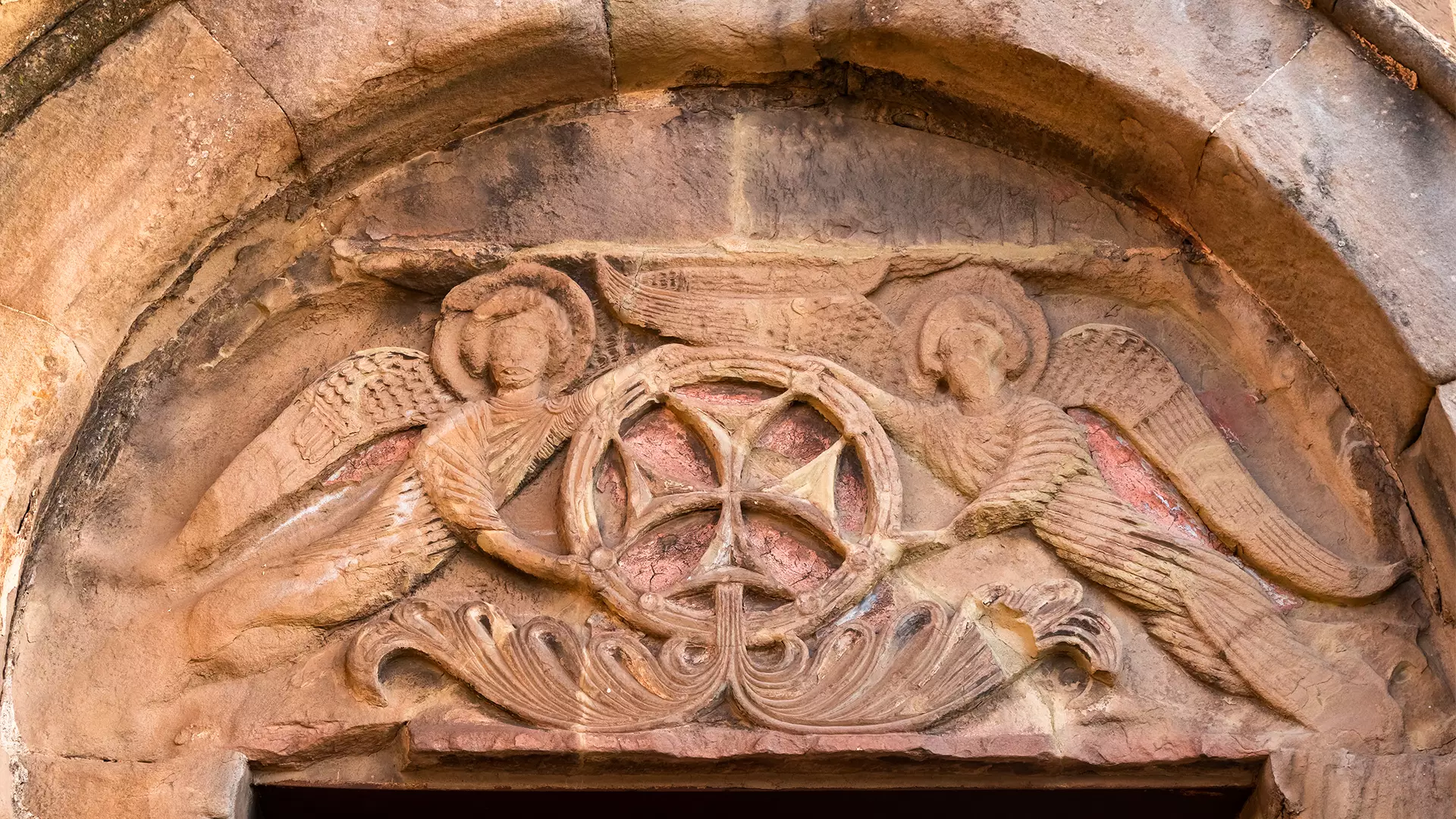Jvari Monastery
The History of the Jvari Monastery
The seed of what would someday become Jvari was planted by the then-ruler of Kartli, Guarami, who built a small church near where Jvari stands today. His son, Stephanoz I, built the cross-domed Jvari Monastery there between 585 and 604. While his father’s church no longer exists, Stepanoz’s impressive monument to God stands to this day.
Jvari is a typical example of a tetraconch - an archaic type of church planning and construction. The round shape, four apses and four niches are the main remarkable features of it.
The walls of the church are decorated with Asomtavruli script - some of the earliest examples of Georgian writing. The script on the walls tells the story about how Stepanoz I had the church constructed, and frescoes depict the king and his family members. It is not known who the architect of the monastery was, however.
Worldwide Recognition of the Mtskheta Jvari Church
Jvari Monastery started the trend of building crossed-dome churches in Georgia, earning it Georgia’s first nomination on the UNESCO World Heritage list.
Monks have been living at Jvari Monastery since 1996.
Cookie Policy

